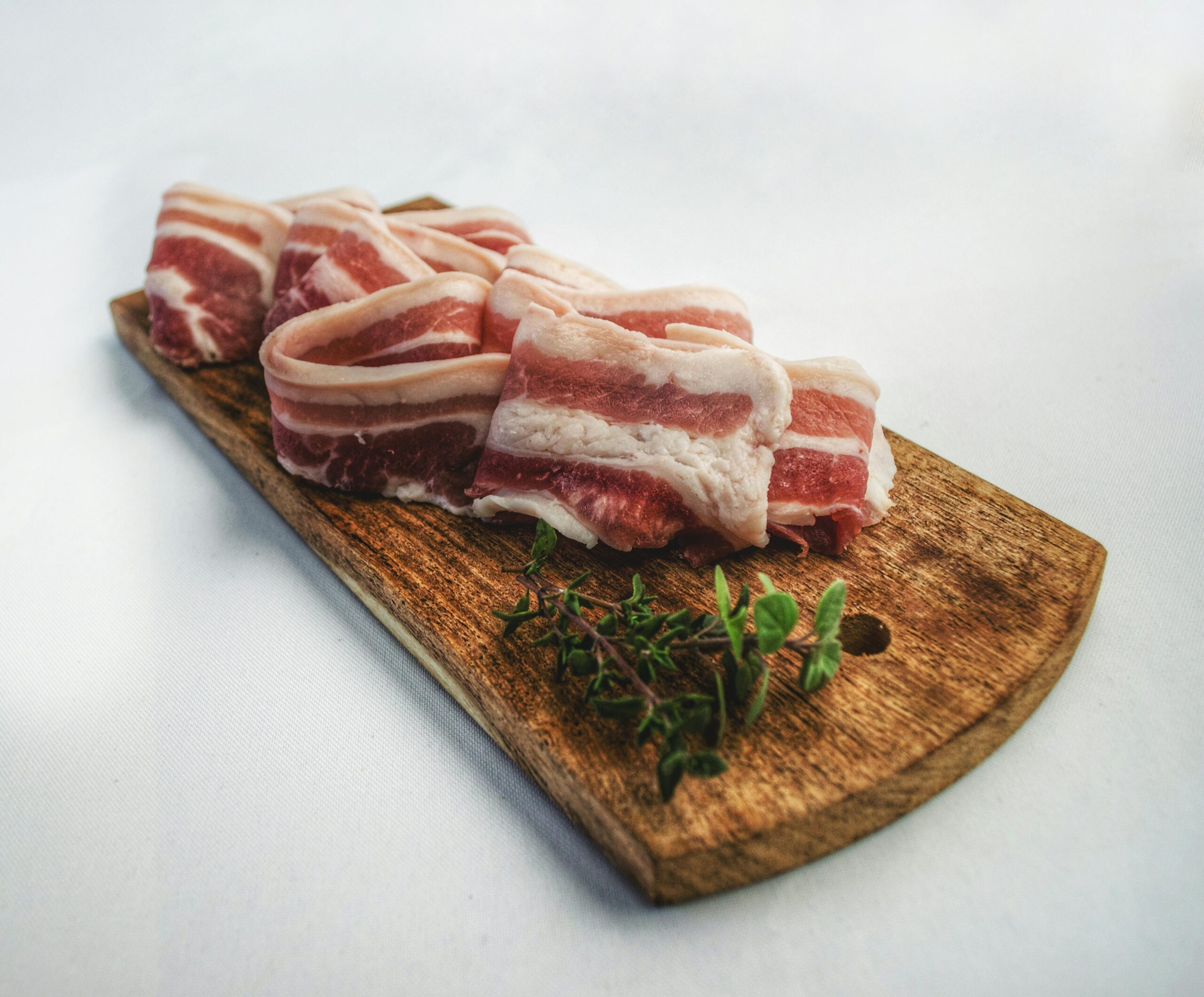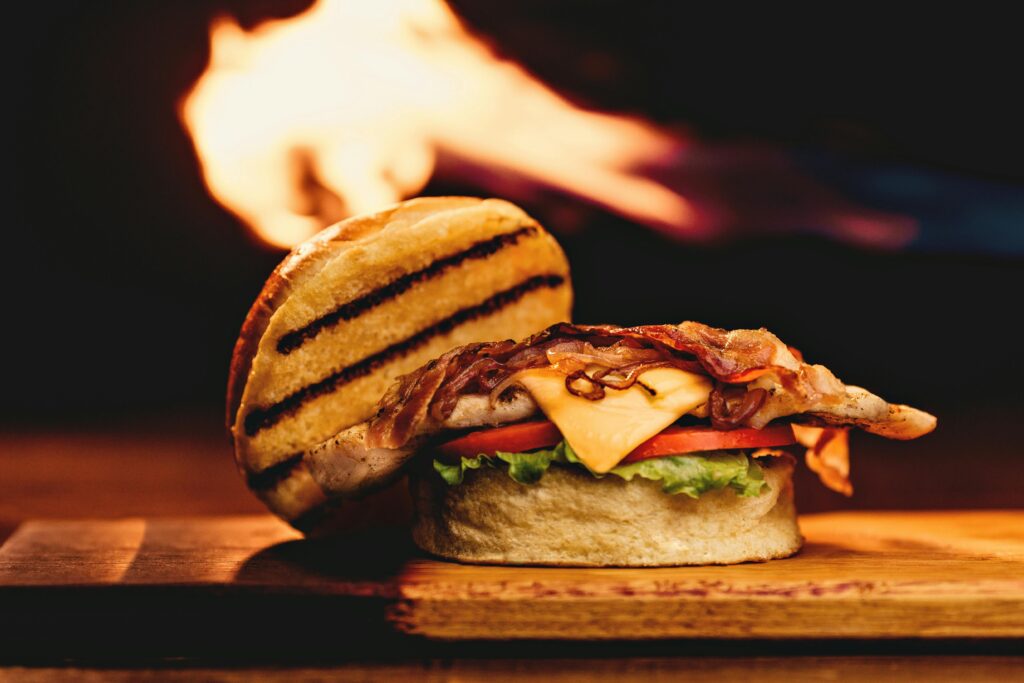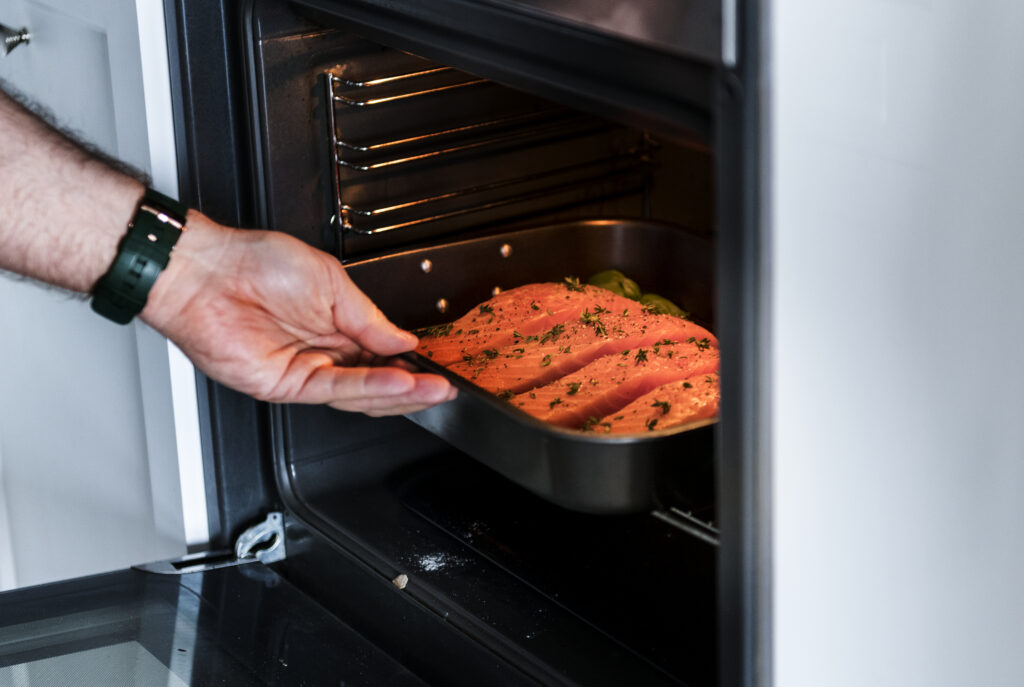- LIFE
Simple Secrets on How to Make a Real Fruit Smoothie


Bacon, with its irresistible aroma and savory taste, is a staple in many kitchens around the world. While the traditional method of frying bacon in a pan is well-loved, cooking bacon in the microwave offers a quick and convenient alternative that can save you both time and cleanup effort. This article explores the nuances of preparing bacon in the microwave, providing you with essential techniques, troubleshooting tips, and creative variations to ensure your bacon is cooked to perfection every time.

Cooking bacon in the microwave is not only quick but also surprisingly easy. The key to success lies in understanding a few essential techniques that will help you achieve perfectly cooked strips every time. Start by selecting your bacon: thinner slices tend to cook more evenly in the microwave. Arrange the bacon slices on a microwave-safe plate, ensuring they do not overlap, as this can lead to uneven cooking.
Cover the bacon with a layer of paper towels to absorb excess grease and prevent splattering. This method keeps your microwave clean and allows the bacon to crisp up nicely. Set your microwave to high power and cook the bacon in short bursts, checking frequently to avoid overcooking. Typically, 4-6 minutes is sufficient for crispy bacon, but this can vary depending on the thickness of the slices and the power of your microwave.
The paper towel method is a tried-and-true technique for achieving crispy bacon in the microwave. Begin by lining a microwave-safe plate with a few layers of paper towels. Lay the bacon strips on top, ensuring they are in a single layer without overlapping. Cover the bacon with another layer of paper towels to catch any splatters and absorb grease.
This method not only helps the bacon cook evenly but also reduces the amount of grease left on the bacon, contributing to a crispier texture. Remember to adjust the number of paper towel layers based on the amount of bacon you are cooking, as more bacon will produce more grease.
Even with the best methods, you might encounter some common issues when cooking bacon in the microwave. One frequent problem is uneven cooking, which can be addressed by rearranging the bacon slices halfway through the cooking time. If the bacon is too chewy, it may need more time in the microwave, but be cautious to avoid burning it.
Another issue is bacon sticking to the paper towels. To prevent this, let the bacon sit for a minute after cooking before removing the paper towels. This allows the grease to settle and makes it easier to peel the bacon away without tearing.

While traditional salt-cured bacon is delicious on its own, you can enhance its flavor by experimenting with different seasonings and marinades. Before microwaving, sprinkle your bacon with black pepper, smoked paprika, or a dash of cayenne for a spicy kick. For a sweeter touch, brush the bacon with a mixture of maple syrup and brown sugar before cooking.
These simple additions can elevate your bacon, making it a standout ingredient in various dishes. Just be mindful of how these additions might affect the cooking time, as sugars can caramelize quickly and might require shorter cooking intervals.
While the microwave offers convenience and speed, the air fryer has gained popularity for its ability to deliver crispier results. The microwave is ideal for quick breakfasts or when you need bacon in a hurry, but the air fryer can be preferable if you have a little more time and desire a texture closer to pan-fried bacon.
The air fryer circulates hot air around the bacon, achieving a uniform crispness that the microwave may not always replicate. However, it requires preheating and usually takes longer to cook the bacon than the microwave. Ultimately, the choice between the two methods depends on your priorities: speed and convenience or texture and crispness.
Perfecting the timing for cooking bacon in the microwave can be a bit of trial and error due to variations in microwave power and bacon thickness. Start with a baseline of 4 minutes on high for regular slices and adjust in 30-second increments until you reach your desired level of crispiness. Thicker cuts may require additional time, while thinner slices may need less.
Keep in mind that bacon continues to cook slightly after being removed from the microwave, so it’s best to err on the side of undercooking if you are unsure. This approach allows you to avoid the disappointment of burnt bacon and ensures a satisfying result.
One of the advantages of cooking bacon in the microwave is the reduced mess compared to stovetop frying. The paper towels absorb most of the grease, making cleanup a breeze. After cooking, carefully remove the paper towels and dispose of them. If any grease has collected on the plate, wipe it down with a damp cloth or wash it with warm, soapy water.
For stubborn grease spots in your microwave, a simple solution of vinegar and water can be microwaved for a few minutes to loosen the residue, making it easy to wipe away. This method keeps your microwave clean and odor-free.
Storing leftover bacon properly ensures it retains its flavor and texture for future meals. Allow the bacon to cool completely before storing it in an airtight container or resealable bag. Refrigerate for up to 5 days or freeze for up to a month.
When reheating, the microwave can be used again. Place the bacon on a paper towel-lined plate and heat in short intervals to avoid overcooking. This method helps maintain the bacon’s crispness and makes it easy to enjoy leftover bacon without compromising quality.
Cooking bacon in the microwave is generally safe, but there are a few health considerations to keep in mind. While the microwave method reduces grease, bacon remains high in fat and sodium, so it should be consumed in moderation as part of a balanced diet.
Additionally, ensure that your microwave-safe plate is free of cracks or damage to prevent any accidents during cooking. Using paper towels specifically designed for microwave use can also mitigate any potential safety concerns, as they are less likely to catch fire compared to standard paper towels.
Steven John, a culinary expert, suggests a few tips for enhancing your microwave bacon experience. He recommends experimenting with different brands and cuts of bacon to find your preferred taste and texture. John also advises using a microwave bacon tray, which allows grease to drain away from the bacon, resulting in a crisper finish.
For those looking to add a gourmet touch, John suggests garnishing cooked bacon with fresh herbs or a light drizzle of balsamic glaze. These simple additions can transform your bacon into a sophisticated accompaniment for brunch or a flavorful topping for salads and sandwiches.